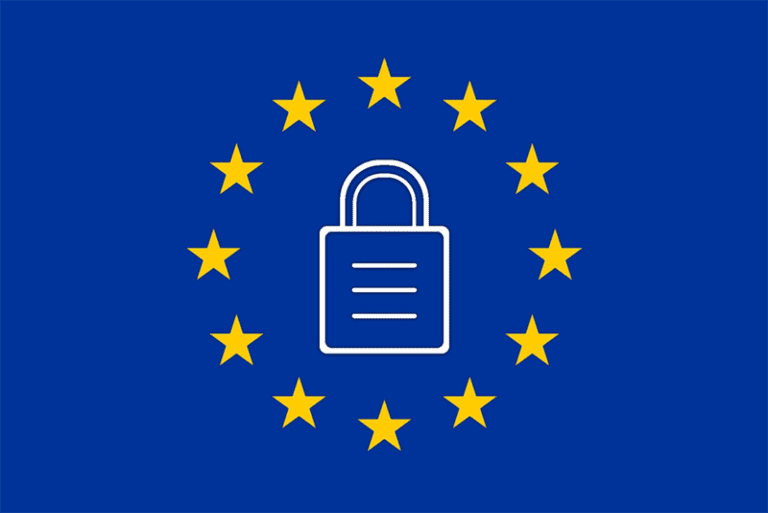This is the first blog in a 6-part series about Process Governance in an Agile Environment with Thorsten Manthey, Director at Tata Consulting Services, for an introduction to the series, please see this article.
Table of Contents
ToggleWithout a doubt, today’s business and operating environment demand an Agile approach to IT and process governance to ensure flexibility, speed, and agility but with enough control to ensure success. However, the information gap between IT leadership and IT operations that exist in many organizations hampers such success. A critical aspect of eliminating this gap is establishing a Process/Product Owner for each critical process and the development of flexible strategic process roadmaps.
Lack of assigned ownership creates pain for the organization
Organizations that are implementing any type of processes such as operational IT or strategic business processes must establish clear ownership and accountability of the processes being implemented and continuously improved.
As defined by Scrum, ownership encompasses the following:
A Product Owner is accountable for maximizing the value of the product resulting from the work of the Scrum Team. The Product Owner is also accountable for effective Product Backlog management, which includes:
- Developing and explicitly communicating the Product Goal;
- Creating and clearly communicating Product Backlog items;
- Ordering Product Backlog items; and,
- Ensuring that the Product Backlog is transparent, visible, and understood.
For a process, the Product Owner is the Process Owner who is accountable for
the process in every aspect including the value delivered, both from an IT and
business perspective. The Process Owner is also responsible to ensure there is a
well-defined list of improvement items identified – i.e., prioritized items in a
Backlog.
In this context, the Process Owner (i.e., Product Owner) is accountable for
the process. I would also like to introduce the term “Strategic Process Roadmap” to
represent the prioritized Backlog of the process.
Not having clearly defined Process Owners in place creates several governance issues for an organization. Most leaders would agree that ensuring the processes are managed efficiently and effectively requires the right skills, integrated tools, reliable data, and a well-defined process and procedures.
This is, however, not enough!
A clearly defined, overarching governance framework for all the processes with identified roles, responsibilities, accountabilities, established communication channels and defined escalations with established thresholds are also required.
Without a clearly defined overarching governance framework and assigned Process Owners, there will be many challenges that will, inevitably, create havoc within the organization.
Additional information on how to establish a Process Governance Framework can be found here.
Next week, we will discuss the difference between management and governance. Until then!





